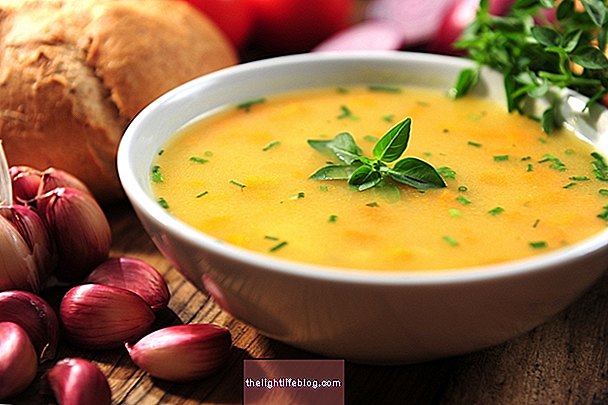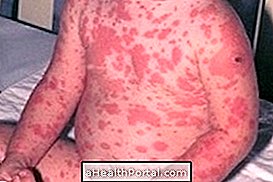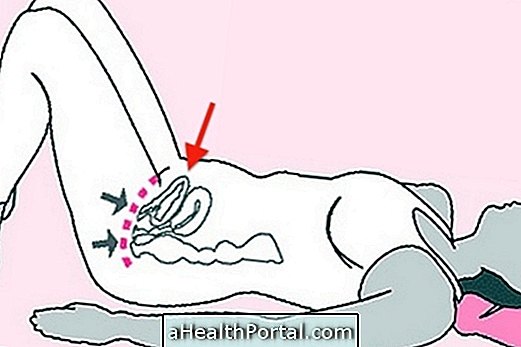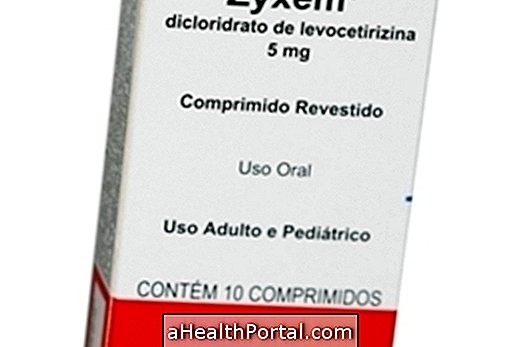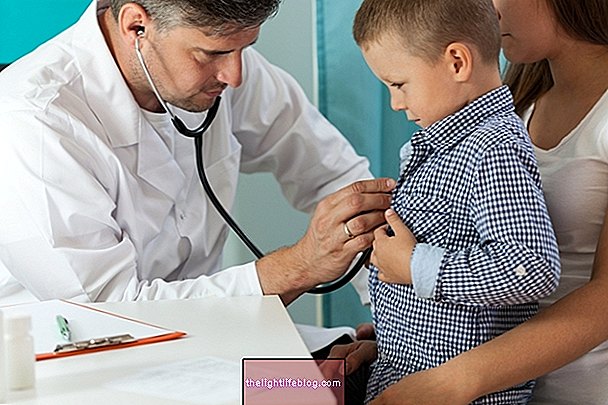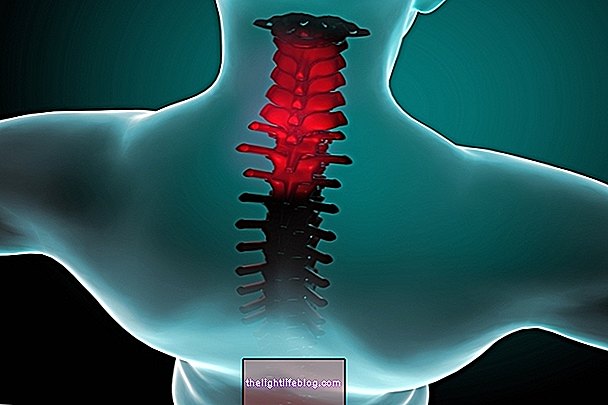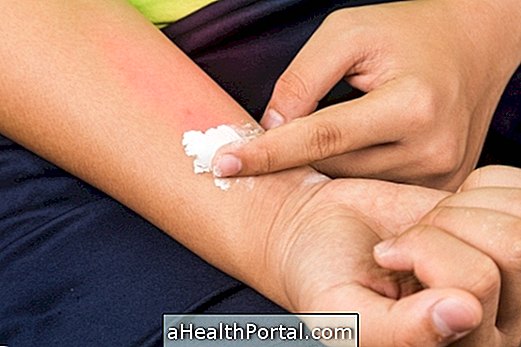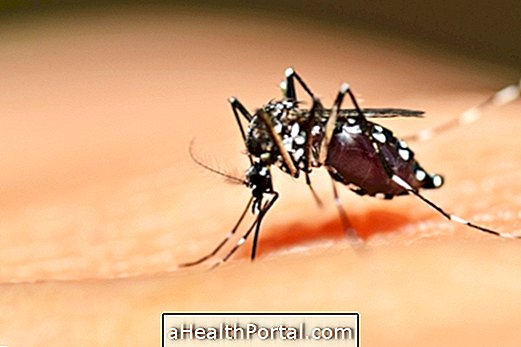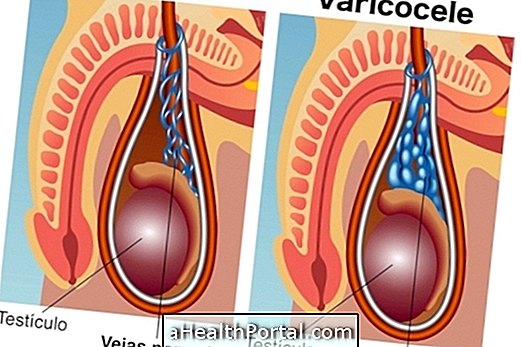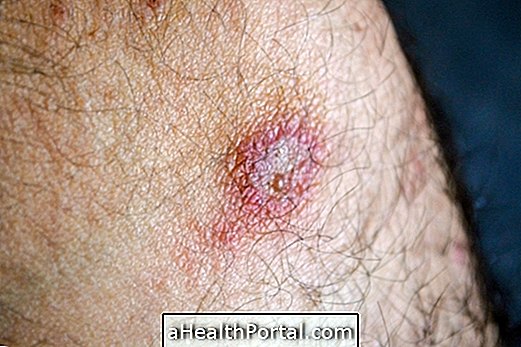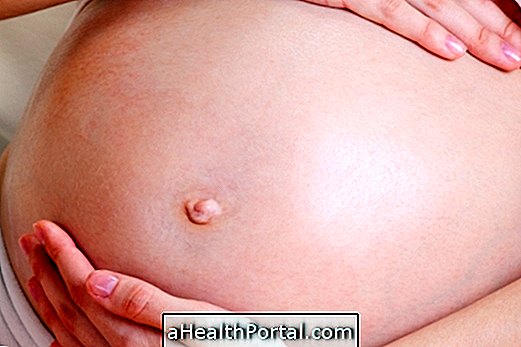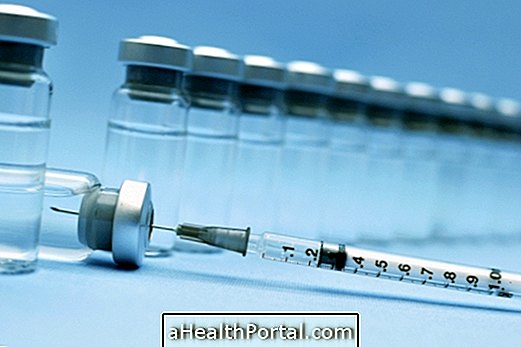The treatment of obesity in children or adolescents consists mainly of eating healthier and practicing some physical activity on a daily basis, so that there is a smaller number of calories being stored, facilitating the weight loss process.
However, when, even so, the child does not lose weight with these changes in diet and physical activity, it is important to check if there are other causes involved, such as problems in the production of hormones, for example. If after 6 months of treatment the child continues to put on weight or is at high risk of complications, such as diabetes, the doctor may indicate some medication to help them lose weight.
All these forms of treatment are important and must be evaluated by a pediatrician and nutritionist, in each case, in order to avoid the appearance of health complications such as diabetes, high blood pressure and even a heart attack or stroke.

What to eat to lose weight
This is the most important step to reduce the amount of calories in the body and aims to help the child or adolescent to eat healthier. Some essential steps are:
- Do not spend more than 3 hours without eating any healthy food, but in small quantities;
- Eat fruits and vegetables at least 5 times a day, which means eating these foods in almost every meal of the day;
- Drink about 1 liter of water a day, and do not drink tea with sugar, fruit juice or soda;
- Eat main meals in smaller dishes, to reduce the amount of food;
- Do not watch television or play video games while eating to focus attention on food.
In addition, it is important to avoid having high calorie foods at home, such as cakes, cookies, sweet popcorn, with too much salt or with bacon, candies, chocolate and soft drinks or packaged juice.
How to trade the industrialized for healthy food
One of the greatest difficulties for parents is to switch from consuming processed foods such as cookies, hamburgers, ice cream, chocolates and fast foods, to more natural and healthier foods, such as fruits, vegetables, whole grain bread and cheeses.
For this process to be done successfully, parents must be patient enough to introduce healthy foods to their child's diet. In the beginning, the child should be asked to let at least the salad be on the plate for lunch or to at least try to put the fruit in his mouth, for example, without charging him to eat all that food that was offered.
This slow process is important because healthy eating should be the child's choice, not a reason for him to fight with his parents. If eating fruit is always accompanied by screams and promises of punishment or becoming ill, the image of the salad will always be linked to bad times in the child's life, and he will automatically reject this type of food. Here are some tips on how to make your child eat.
Example of what the child can eat
Here are some tips on what foods to eat with each meal:
- Breakfast - eat bread instead of chocolate cereals, as it is easier to control the amount, and use skim milk, as it has less fat.
- Lunch and dinner - always eat vegetables and prefer whole foods, such as brown rice, for example, because it helps to decrease your appetite. Meat should be cooked with little fat or grilled, and the best options are fish or chicken.
For snacks it is important to have healthy foods available, such as skim milk, natural yogurt, without sugar, fruit in shell, bread with seeds or toast, for example, as it is easier to have a healthy meal when healthy foods are available.
What to take to school
Snacks at school are usually a challenge for parents, as it is a time when their children have contact with the eating habits of other families, which are not always as good as they should be.
However, talking to the child and explaining the importance of each food placed in their lunchbox is a strategy that can be used so that they understand the need to eat fruit, yogurt, whole grain cookies and healthy sandwiches.
Watch the video below and see 7 healthy snack tips to put in your child's lunchbox:

How to ensure physical activity in the child
Enrolling the child or adolescent in classes such as karate, football, jiu-jitsu, swimming or ballet, for example, is very important to burn accumulated fat and improve child development, creating good habits that must also be maintained in adulthood.
If the child or adolescent does not like any activity, you can try doing some kind of exercise with him, like riding a bicycle, playing ball or even walking, so that he starts to enjoy moving and then it is easier to attend one. soccer school, for example.
Discover other examples of the best exercises to practice in childhood.
When to use weight loss drugs
Weight loss drugs are usually only used after age 18, however, some doctors may advise their use after age 12, especially when treatment with dietary changes and regular exercise is not working.
This type of remedy helps the body to spend more calories, decrease appetite, or decrease the absorption of nutrients, especially fats. During its use it is very important to maintain care with food and exercise.
The use of stimulants, such as thyroid hormones, amphetamines, fenfluramine, dexfenfluramine or ephedrine, is totally contraindicated for children, as they can cause dependence and physical problems, such as breathing difficulties and mental problems, such as hallucinations.
The treatment for childhood obesity is not easy to be followed because it consists of changing the eating habits of the child and the whole family, so it is very important to try to prevent excess weight in childhood by encouraging children from the first years of life. healthy eating.
How many pounds can the child lose per month
There is usually no estimate of how much weight a child can lose per month, but in general it is advised that he only maintain weight while growing in height, which over time causes him to move out of the overweight range. or obesity and return to the appropriate weight.
In addition to maintaining weight as a strategy, children older than 5 years and adolescents, when guided by a doctor and nutritionist, can lose about 1 to 2 kg per month without impairing their normal development and health.
Watch the following video and see other tips that can help your child lose weight:

Was this information helpful?
Yes No
Your opinion is important! Write here how we can improve our text:
Any questions? Click here to be answered.
Email in which you want to receive a reply:
Check the confirmation email we sent you.
Your name:
Reason for visit:
--- Choose your reason --- DiseaseLive betterHelp another personGain knowledge
Are you a health professional?
NoMedicalPharmaceuticalsNurseNutritionistBiomedicalPhysiotherapistBeauticianOther




